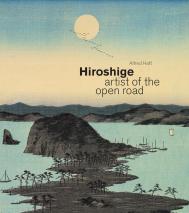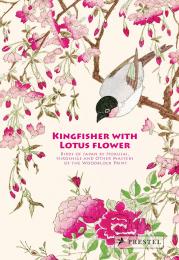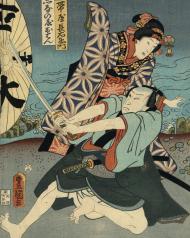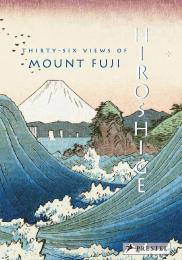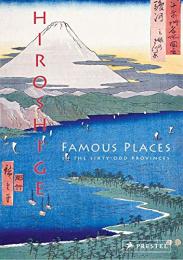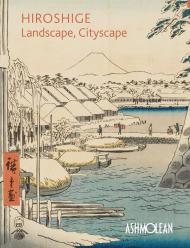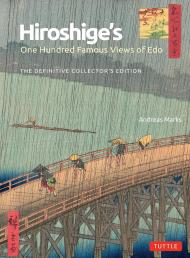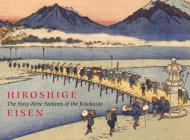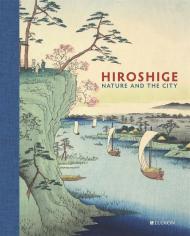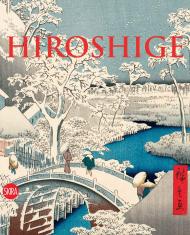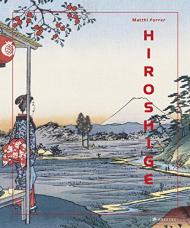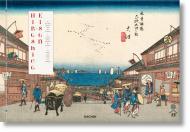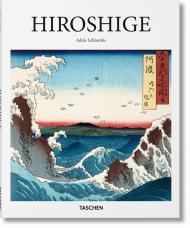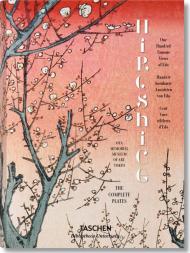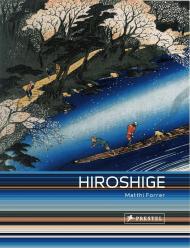Хіросіґе був одним із найталановитіших, найплідніших та найпопулярніших художників Японії. Відомий своїми пейзажами, він також був чудовим спостерігачем природи з далекоглядним підходом до кольору та пензля. Його спадщина продовжує впливати та надихати художників і сьогодні.
Протягом кар'єри, що охоплює чотири десятиліття, плідний Утаґава Хіросіґе (1797–1858) створив тисячі пейзажних та природничих гравюр, сотні картин, замовлених самурайською елітою, а також багато ілюстрованих книг. Його роботи подобалися всім верствам суспільства. Хоча деякі з його пейзажних гравюр, такі як «Вечірній сніг – Канбара» та «Охасі – Вечірній дощ», є добре відомими зразками японського мистецтва, повний спектр його творчості менш відомий.
Хіросіґе походив із самурайської родини, але він перетнув соціальні кордони та присвятив себе зображенню народних звичаїв та навколишнього світу. Його роботи вирізняються атмосферою ніжної грації та благопристойності, можливо, частково пов'язаної з його стійким темпераментом. Його спокійне художнє бачення підтримувало його сучасників крізь невизначеність повсякденного життя та мінливі часи. Чудовий колорист, він вирізняється тим, що відкриває тонкий ліризм у досвіді подорожей та зв'язок між людьми та світом природи.
Це щедро ілюстроване нове видання, що містить уяву з провідних приватних колекцій гравюр Хіросіге, а також роботи Хіросіге та інших художників з видатної колекції японського мистецтва Британського музею та з інших великих колекцій, вшановує одного з найвидатніших художників світу.
Про автора:
Альфред Хафт — куратор проекту JTI з японських колекцій та куратор виставки Хіросіге в Британському музеї. Попередні публікації включають Salon culture in Japan: making art, 1750–1900 (2024), Late Hokusai: Society, Thought, Technique, Legacy (2023), Hokusai: beyond the Great Wave (2017) та Aesthetic Strategies of the Floating World (2012).
